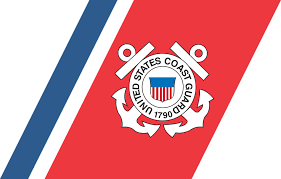- Please complete all paperwork, company business, etc. prior to ordering a pilot to reduce idle pilot bridge time, thereby adhering to the original vessel order time, minimizing the impact on the Board’s/State of Louisiana’s mandated pilot rest period.
- Please forego unnecessary night time vessel transit; and
- Please strive for daylight vessel transit upon those areas of the NOBRA route where daylight vessel transit has yet to be mandated by the Board (See Note 1) or other controlling entity.
Quote: The Board appreciates NOBRA’s and the maritime industry’s cooperation with the implementation of the aforementioned practices. These practices, among others, are necessary for
the preservation of uninterrupted pilotage upon the Mississippi River/NOBRA route. Unquote
Note 1: These requests are in addition to any and all High Water Restrictions currently implemented or that may be implemented by the Board of Examiners. In order to preserve safety and efficiency of the vital Mississippi River port infrastructure as it relates to the NO BRA route, the Board continues to develop permanent guiding doctrine which promotes new resilient Standards of Care for risk reduction and safer piloting practices. (Seewww.nobraexaminers.louisiana.gov/standards-of-careD. The new doctrine for NO BRA piloting will be based in principles of sustainability and resiliency intended to protect uninterrupted and safe piloting services.
The current NOBRA High Water restrictions are:
3. Mile 170.0 AHP to Mile 232.2 AHP, all vessels shall be daylight only (See Note 1).
See links at top of post for full letter.



